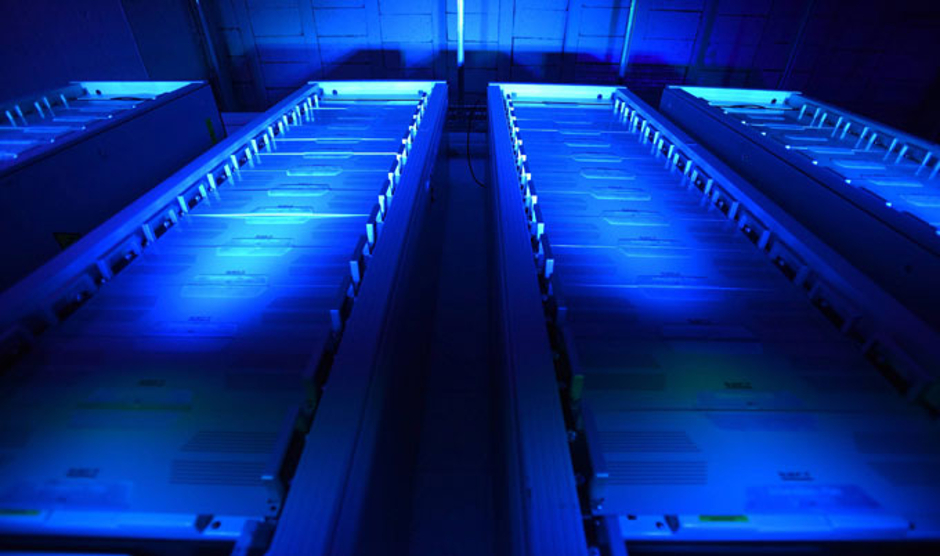Hot rocks offer solution to grid-scale energy storage
A facility that uses the temperature difference between hot and cold rocks to store energy is being launched as part of a new research centre led by Newcastle University.

The new National Facility for Pumped Heat Energy Storage will bring together the former Isentropic facility and Newcastle University’s Sir Joseph Swan Centre for Energy Research to create the world’s first grid-scale demonstration of pumped heat storage.
Coupled to the electricity grid, the demonstration facility is said to include a 150kW heat pump and uses a reversible heat pump engine which converts electrical energy to heat.
Taking excess electricity from the grid, the system turns the heat pump converting electricity to thermal energy.
On the hot side, a working argon gas is compressed until it reaches 500ºC. On the cold side, argon gas is allowed to expand until its temperature falls to -160ºC.
In both cases, the gas is then passed through so-called ‘thermal batteries’ – chambers containing rocks – and gives up its energy to the storage material. The gas then leaves the store at ambient temperature. What is left behind is a ‘hot rock battery’ and a ‘cryogenic cold battery’, both of which are able to store their energy for up to eight hours.
Register now to continue reading
Thanks for visiting The Engineer. You’ve now reached your monthly limit of news stories. Register for free to unlock unlimited access to all of our news coverage, as well as premium content including opinion, in-depth features and special reports.
Benefits of registering
-
In-depth insights and coverage of key emerging trends
-
Unrestricted access to special reports throughout the year
-
Daily technology news delivered straight to your inbox










Pipebots Transforming Water Pipe Leak Detection and Repair
Fantastic application.